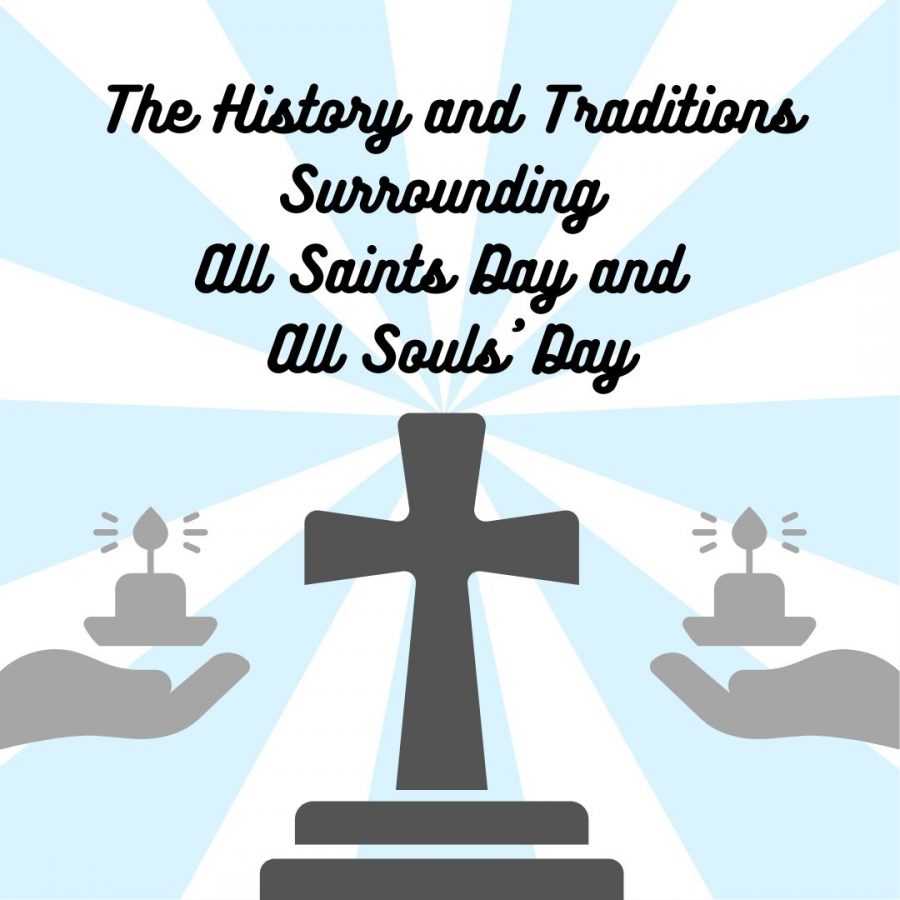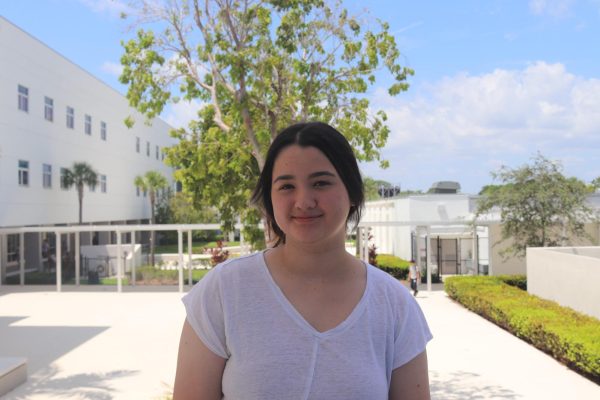The History and Traditions Surrounding All Saints Day and All Souls’ Day
October 27, 2021
As Halloween quickly approaches and everyone gets into the holiday spirit, many forget about the other important holidays that follow.
All Saints Day — a holiday focusing on observing all the saints of the church who have reached heaven — takes place on Nov. 1, the day after Halloween. Roman Catholics and Christians around the world observe this holiday. All Souls Day — a holiday focusing on commemorating faithful people who have passed — takes place on Nov. 2, directly following All Saints Day. Although these holidays may be lesser known, this does not take away from their important influence in both religion and history.
All Saints Day, also known as All Hallows Day, originally took place on May 13, 609 AD, when Pope Boniface IV dedicated the Pantheon in Rome as a church for the Virgin Mary and all martyrs. Pope Gregory III later changed the date upon dedicating a church in Rome’s St. Peter’s Basilica to honor all saints, according to Encyclopedia Britannica. Even though the U.S. currently does not recognize it as a public holiday, many countries around the world observe and participate in All Saints Day. On this day, families often prepare a special feast to honor different saints and by visiting tombstones of family members who have passed.
All Souls Day, which follows All Saints Day, was established by Saint Odilo in order to honor all the Holy Souls who have died and currently rest in purgatory. In this state, the souls become cleansed of all sins in order to reach the presence of God in Heaven. During this holiday, many families pray for those who have passed. They also gather at cemeteries to visit their loved ones and place blessed candles and flowers.
Instead of focusing on the sadness that may surround families on these days, people around the world decide to celebrate All Saints Day and All Souls Day by commemorating and praying for those who have passed.











